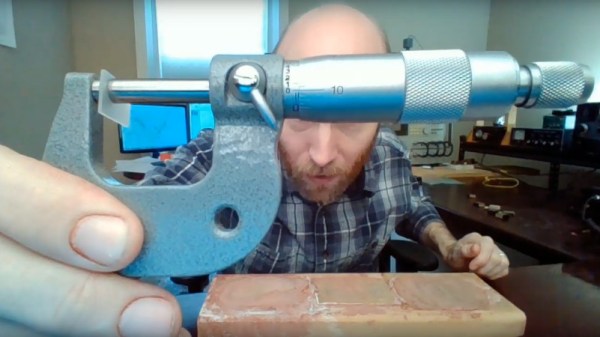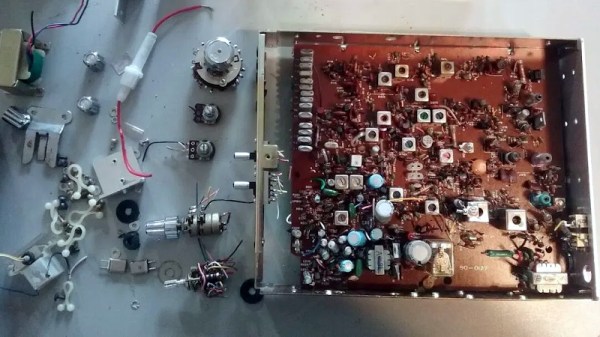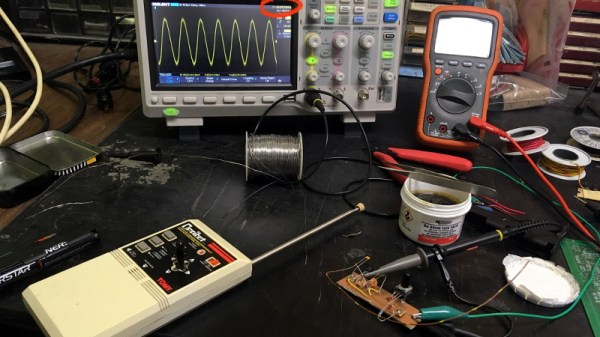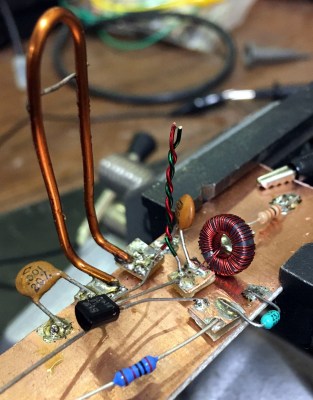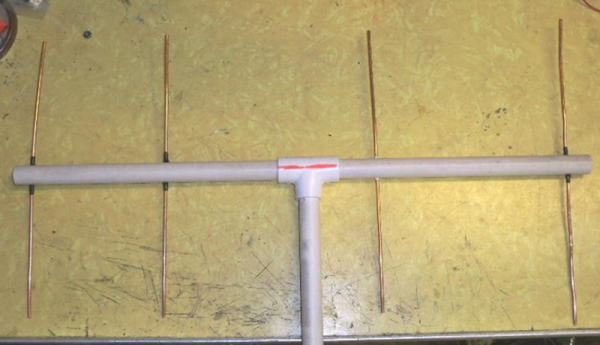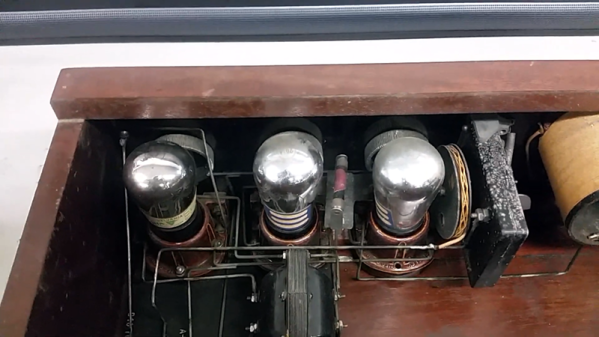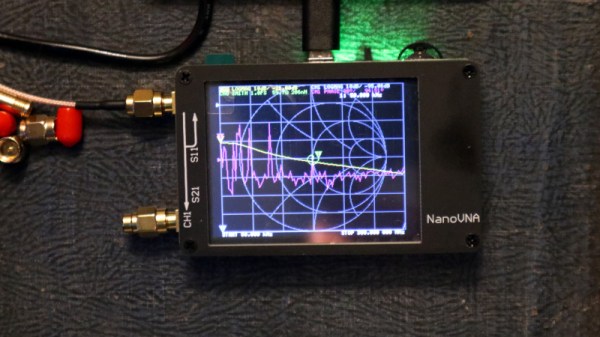If you own a radio transmitter, from a $10 Baofeng handheld to a $1000 fancy all-band transceiver, setting the frequency is simply a case of dialing in where you want to go. A phase-locked-loop frequency synthesizer or a software-defined radio will generate your frequency, and away you go. There was a time though when synthesizers were impossibly complex and radio amateurs were faced with a simple choice. Use an LC oscillator and put up with drifting in frequency, or use a crystal oscillator, and be restricted to only the frequencies of the crystals you had. [Mark Erdle, AE2EA] modified a 1950s broadcast AM broadcast transmitter for the 1.8MHz amateur band, and his friend [Andy Flowers, K0SM] thought it needed its crystal back for originality rather than the external frequency source [Mark] had provided. He documents the process of modifying a crystal oven and moving a crystal frequency in the video below the break.
A crystal oven is a unit containing the crystal itself alongside a thermostatic heater, and in this one, the crystal was a 1970s-vintage hermetically sealed HC6 device. He modified the oven to take a socket for older FT243 crystals because the quartz element can easily be accessed. [Andy] picked a crystal as close as he could find below the required frequency. He then ground it down with very fine grit on a glass plate, reducing its mass and thus its resonant frequency. We’re taken through the process of getting it close to frequency, but sadly don’t see the etching that he uses for the very last stage. At the end of the video, we see a QSO on the transmitter itself, which is something of an oddity in an age when AM on amateur bands has been supplanted by other modes for decades.
If you’re curious about the transmitter there’s a video thread following its restoration, and if the guts of older radio gear interests you then take a look at this aircraft receiver lovingly brought back to life.

